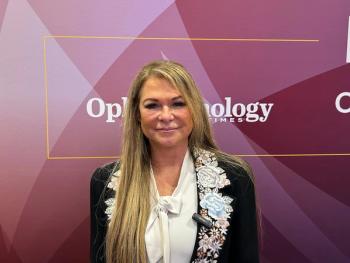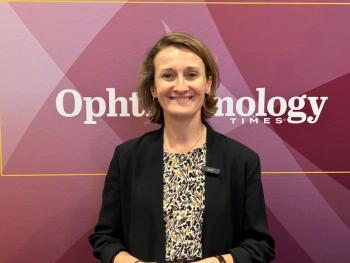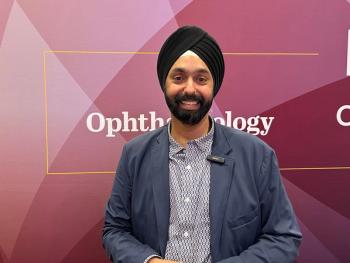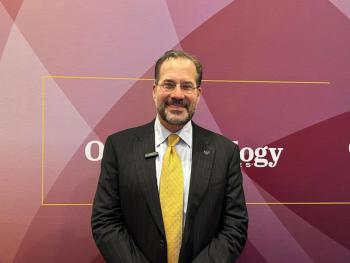
Ten-year follow-up on LASIK for high myopia reported
Results of 10-year follow-up of patients with high myopia who underwent LASIK indicate that the procedure is safe and effective over the long term.
Results of 10-year follow-up of patients with high myopia who underwent LASIK indicate that the procedure is safe and effective over the long term, said Juan J. Perez-Santonja, MD, Alicante Institute of Ophthalmology, Miguel Hernandez University, Alicante, Spain. In his study, 40% of eyes avoided use of spectacles, best spectacle-corrected visual acuity (BSCVA) improved 1 line, and complications were infrequent.
However, predictability was low, there was a high chance of re-treatment, and refraction was never stable over the 10-year period. Dr. Perez-Santonja said. Thus, the data do not support LASIK as a first-choice procedure for patients with myopia of more than -10 D, he added.
Dr. Perez-Santonja reported the outcomes of surgery in 196 eyes (118 patients) with a spherical equivalent of more than -10 D who had myopic LASIK between April 1994 and December 1995. They had follow-up visits at 3 months, 1 year, 3 years, 5 years, and 10 years; 54 eyes (27%) were re-treated.
Significant improvement in distance uncorrected and best-corrected visual acuity was seen between 3 months and 1 year in three categories: re-treated eyes, eyes with no re-treatment, and all eyes. Vision remained stable up to at least 5 years. The percentage of eyes with uncorrected visual acuity 20/40 or better was 50% at 1 year and 51%%at 5 years, but it declined to 39% at 10 years.
Mean BSCVA improved 1 line after surgery. Fifteen eyes (7.6%) lost 2 or more lines of visual acuity in 10 years, although the loss was attributable to complications from LASIK rather than from high myopia in only 3 eyes, Dr. Perez-Santonja said.
The spherical equivalent improved postoperatively for all time points; however, there was also a continuous decrease over time, especially in eyes that were not re-treated. Myopic regression was 1 D in the first year, 0.5 D in the second year, 0.18 D per year between the second and fifth year, and 0.15 D per year between the fifth and the tenth year.
"If we add all of these results together, we have 2.5 D of regression over time after LASIK," Dr. Perez-Santonja said. The regression correlated with the magnitude of achieved correction.
Newsletter
Get the essential updates shaping the future of pharma manufacturing and compliance—subscribe today to Pharmaceutical Technology and never miss a breakthrough.
















































